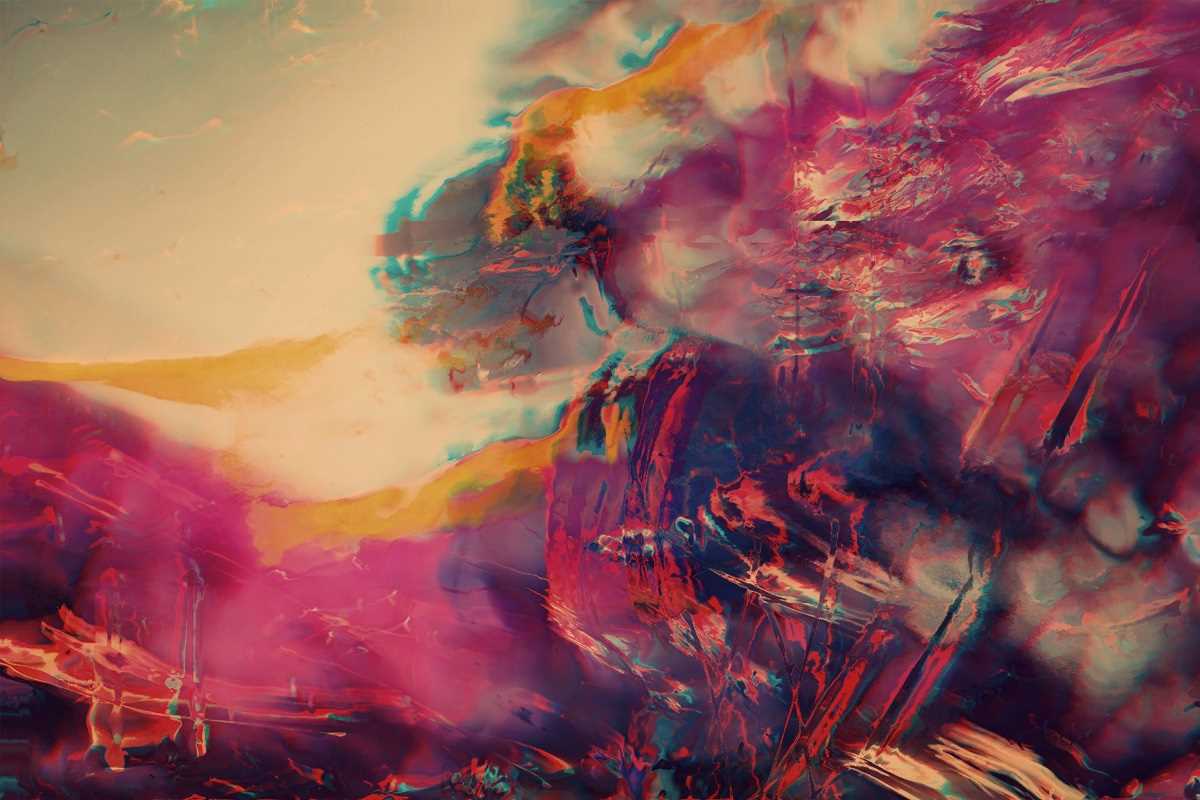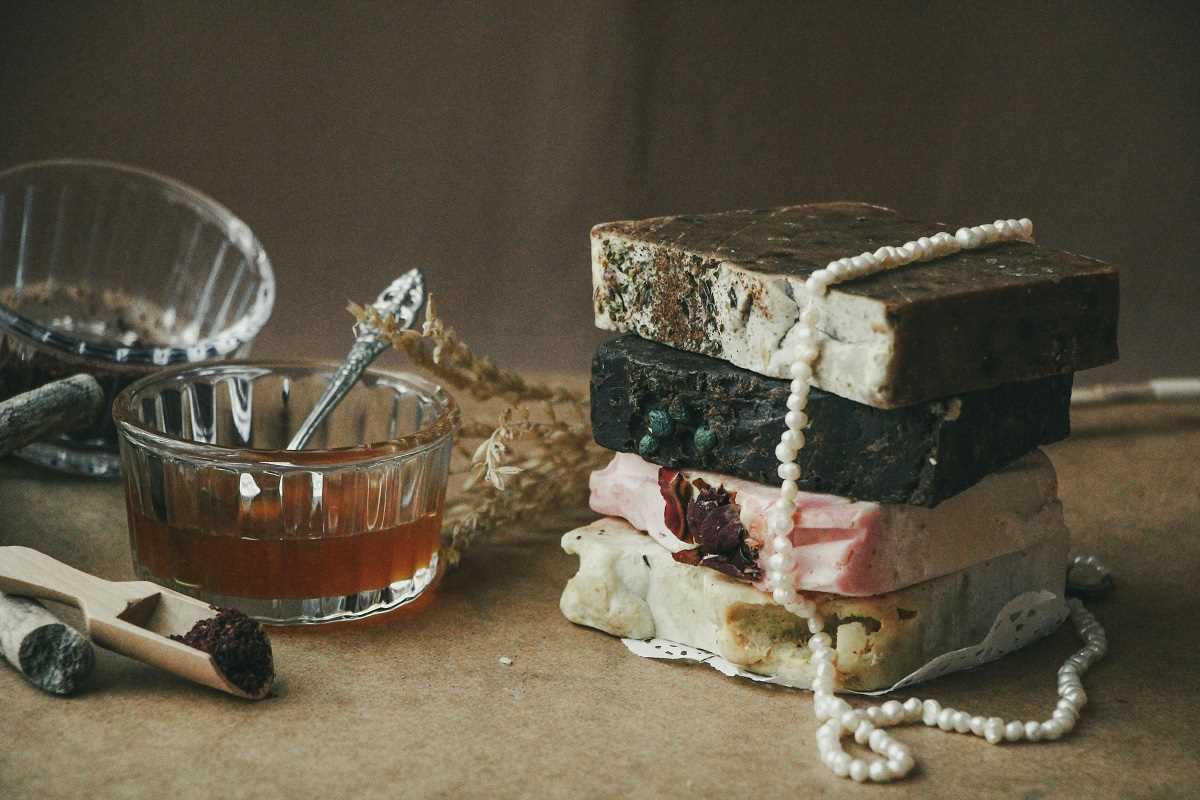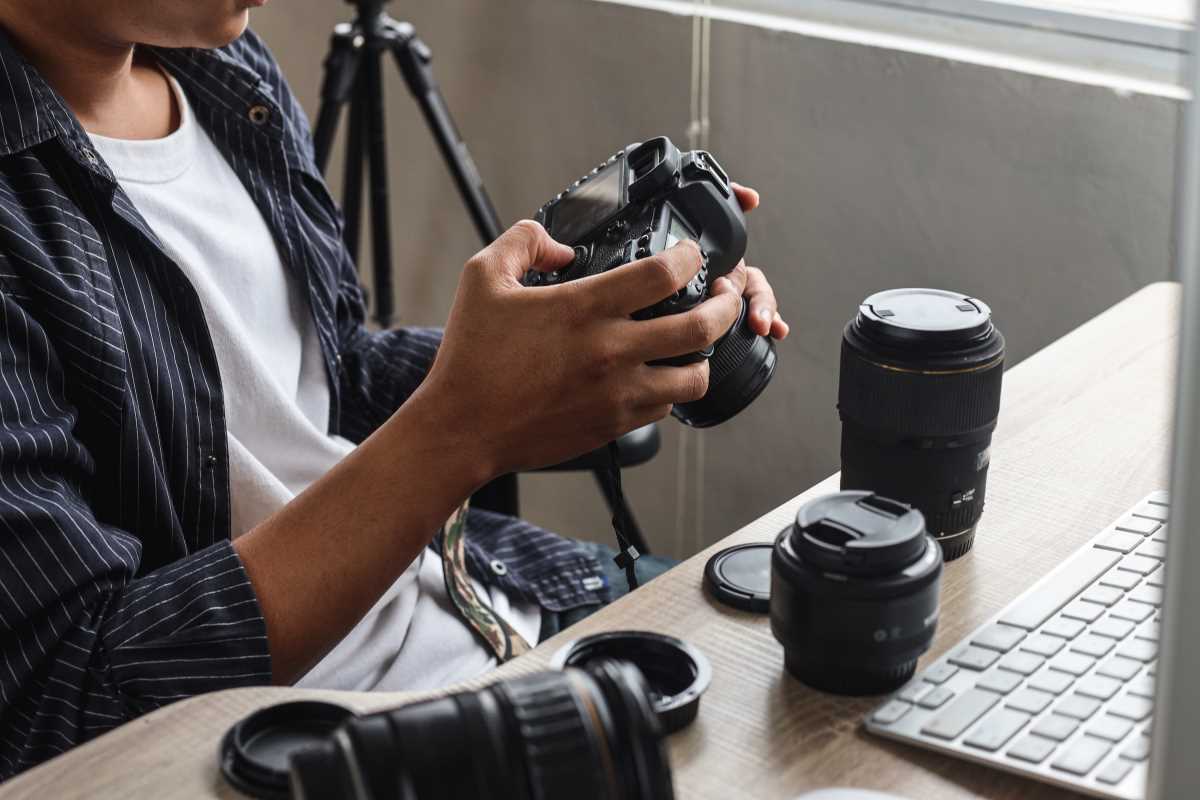In the world of art and technology, a new player has entered the scene: quantum computing. While it might sound like something straight out of a sci-fi novel, quantum computing is rapidly becoming a tool artists can harness to push the boundaries of creativity. If you’re an artist curious about how this cutting-edge technology can influence your work, you're in the right place. Let’s embark on a journey to understand quantum computing and how it can open fresh avenues for artistic expression.
At first glance, quantum computing might seem daunting, but breaking it down can reveal its potential to revolutionize the arts. Imagine having a tool that can process information in previously unimaginable ways, allowing for the creation of complex patterns, interactive experiences, and immersive environments. Whether you’re into visual arts, music, literature, or performance, quantum computing offers a new palette of possibilities waiting to be explored.
Understanding Quantum Computing
Quantum computing utilizes the principles of quantum mechanics to process information in fundamentally different ways compared to classical computers. Here are some key concepts to get you started:
- Qubits: Unlike classical bits that are either 0 or 1, qubits can exist in multiple states simultaneously, allowing for more complex computations.
- Superposition: This principle allows qubits to be in a combination of states, enabling quantum computers to perform many calculations at once.
- Entanglement: When qubits become entangled, the state of one instantly influences the state of another, no matter the distance between them.
- Quantum Interference: This phenomenon enables quantum computers to amplify correct results and cancel out errors, increasing the accuracy of computations.
These concepts might sound abstract, but their implications are profound. By harnessing the power of qubits and the principles of superposition and entanglement, quantum computers can tackle problems that are currently unsolvable by classical computers. For artists, this means access to computational creativity on a whole new level.
Creative Applications in the Arts
Quantum computing isn't just a buzzword in tech circles; it's making tangible waves in various art forms. Here are some ways artists can utilize this technology:
- Generative Art: Create intricate and dynamic visual patterns that evolve in real-time, driven by quantum algorithms.
- Music Composition: Develop complex musical compositions with layers and harmonies that a classical computer might struggle to manage.
- Interactive Installations: Design responsive art installations that change based on viewer interactions, powered by quantum computing's processing capabilities.
- Virtual Reality Experiences: Enhance VR environments with more realistic and detailed simulations, offering immersive experiences like never before.
- Data-Driven Storytelling: Craft narratives that adapt and evolve based on vast datasets, creating personalized stories for each audience member.
These applications showcase just the tip of the iceberg when it comes to what’s possible. Quantum computing provides artists with tools to explore new dimensions of creativity, enabling them to push past the limitations of traditional computing.
Artists Leading the Way
There are already trailblazers in the art world who are embracing quantum computing. These artists are experimenting with the technology to create groundbreaking works that blend art and science seamlessly. By exploring quantum computing for artists, they are setting the stage for future generations to explore this fascinating intersection. Their work serves as inspiration, demonstrating how quantum computing can be a powerful ally in the creative process.
These pioneering artists are not only pushing the boundaries of their own work but also influencing how the broader art community perceives and adopts new technologies. Their innovative approaches highlight the collaborative potential between artists and technologists, paving the way for more integrated and multifaceted artistic expressions.
Getting Started with Quantum Computing
Diving into quantum computing might seem intimidating, but taking it step by step can make the process manageable and rewarding. Here's how artists can begin their journey:
- Learn the Basics: Start with fundamental concepts of quantum mechanics and computing. Online courses and introductory books can provide a solid foundation.
- Explore Quantum Programming Languages: Familiarize yourself with languages like Qiskit or Microsoft's Q# that are designed for quantum computing.
- Experiment with Quantum Simulators: Use online platforms that offer quantum computing simulations to practice and test your ideas without needing physical quantum hardware.
- Join Communities: Engage with forums, workshops, and groups that focus on quantum computing in the arts to share knowledge and collaborate on projects.
- Start a Project: Apply what you've learned by starting a small project that integrates quantum computing into your art, allowing you to experiment and iterate.
By following these steps, artists can gradually build their understanding and confidence in using quantum computing as a tool for creative exploration. Remember, the journey is as important as the destination, and each step taken opens up new possibilities for artistic innovation.
Resources and Further Learning
To help you on your path, here are some recommended resources and courses:
- Quantum Computing for the Determined by Michael Nielsen – An accessible guide to the principles of quantum computing.
- IBM Quantum Experience – A free platform to experiment with actual quantum computers through cloud-based services.
- Coursera’s Quantum Mechanics for Scientists and Engineers – A comprehensive course that bridges theory and practical applications.
- Qiskit Tutorials – Hands-on tutorials for learning quantum programming using IBM’s Qiskit.
- Quantum Artists Collective – A community-focused resource for artists interested in integrating quantum technology into their work.
Engaging with these resources will provide you with the knowledge and tools needed to incorporate quantum computing into your artistic practice. Staying updated with the latest quantum technology and art developments can inspire new ideas and collaborations.
As quantum computing continues to evolve, its integration into the arts promises to unlock new realms of creativity and expression. By embracing this technology, artists can enhance their work and contribute to the ongoing dialogue between art and science. The future holds exciting possibilities for those willing to explore the quantum frontier, making now the perfect time to dive in and experiment with this transformative technology.
 (Image via
(Image via




.jpeg)
